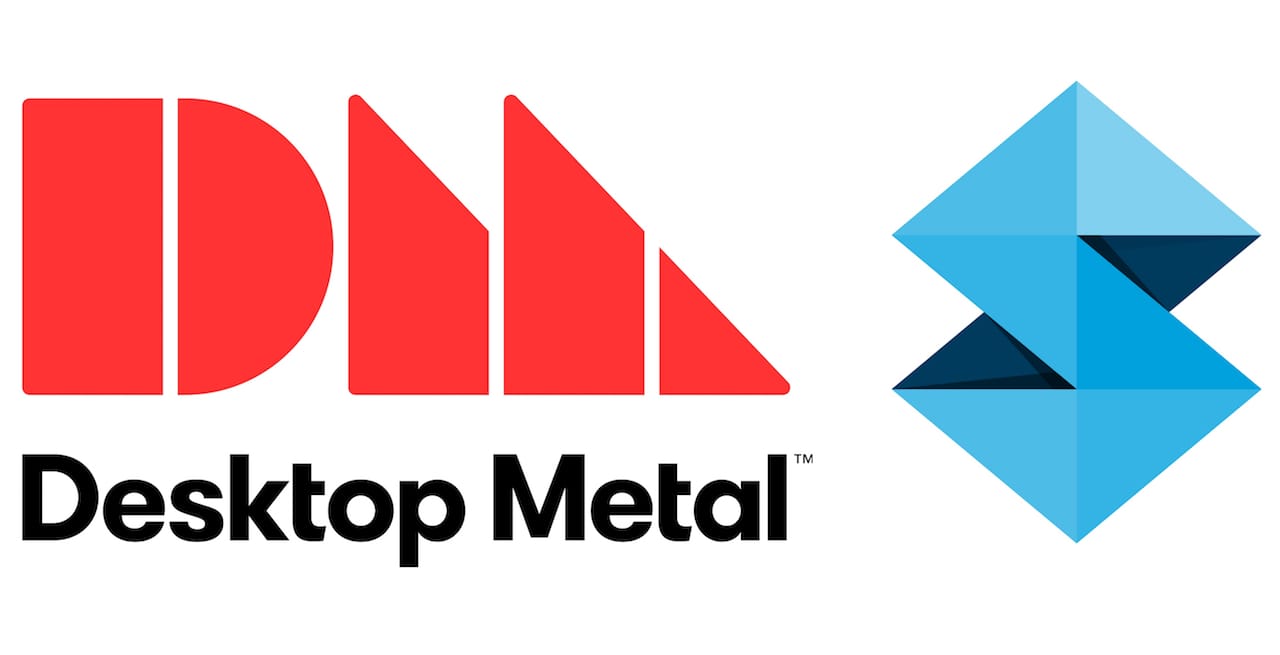
Desktop Metal and Stratasys announced what might appear to be a straightforward partnership, but I think there is more than meets the eye.
It seems to be a straightforward deal: Stratasys’ extensive network of 3D print resellers will be able to market Desktop Metal’s new line of powerful 3D metal printing equipment. Good for both companies, yes?
That’s true. But I think there is more.
For Desktop Metal, this is a massive advantage. Stratasys has well-trained resellers in every geography, with deep understanding of the needs of manufacturers and contact lists to match. Desktop Metal should be able to sell far more of their units by leveraging this network. That’s really good for them.
Having a new powerful product to sell is a huge boon to the Stratasys resellers. It’s a different technology that wouldn’t necessarily compete with the plastic machines of Stratasys, and some percentage of the resellers’ clients would be interested in buying some.
But here’s the twist. Resellers of Stratasys equipment, to my understanding, are prevented from selling product from other manufacturers. They are what you might call “captive resellers”.
So why would Stratasys want to do this deal? They certainly would get some cut of the proceeds, but I can’t imagine it would be too substantial, given the relatively low price of the Desktop Metal equipment (at least the initial Studio version, anyway).
No, I suspect it has more to do with the Stratasys resellers.
You know, those guys who see a massive explosion in the sales of 3D metal printers and, because of the “captive reseller” rules, cannot participate.
It may be a business risk for Stratasys if they were to begin losing resellers who wish to switch out of Stratasys’ program in order to potentially make a lot more money selling someone’s 3D metal printers.
That’s a notable risk for Stratasys, who can use their captive resellers as a block for new market entrants like HP who want to sell plastic equipment to the very same buyers. They do not want to lose them.
Meanwhile, Stratasys does not have any 3D metal printers on their product shelf. My understanding is that they chose, years ago, to focus on productionizing their plastic 3D printing technology as they did not have the resources to pursue both that and metal at the same time. They may ultimately be very successful in production plastic equipment, but may have at least temporarily missed out on the metal boom.
But Stratasys did have cash. So they invested in Desktop Metal, so there is some formal relationship between the companies in any case. So while Stratasys doesn’t have a 3D metal printer, they have one at arm’s length.
Thus to mitigate a business risk, and make a bit of money on the side, they secured this deal with Desktop Metal.
Or at least that’s my guess.
In the end, it’s good for Desktop Metal, good for the resellers and good for Stratasys. It’s all good!

